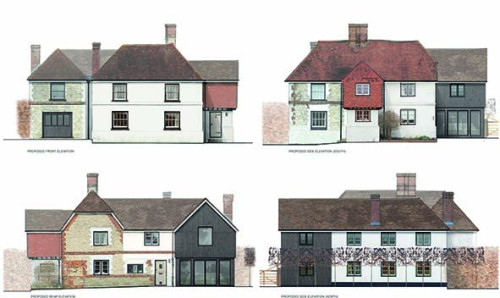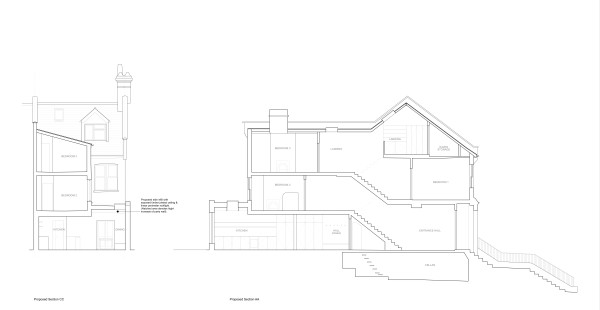A new Labour Government....... what does that mean for planning reform?
22 July 2024 by Simon Drayson
Old browser alert! We have detected you are using a pretty old browser. This website uses cool features that can't be supported by your browser.
If we let you see the website it would look all weird and broken, nobody wants that!
Update your browser!22 July 2024 by Simon Drayson

The new chancellor has recently announced a number of reforms to the planning system which should make it easier for our clients to build new homes. With councils often taking longer than the statutory 8 weeks to make a decision, we always explore what can be done under Permitted Development without the need for planning permission... read on to find out more!
When planning home improvements, it's essential to understand the distinction between householder permission and permitted development rights. This knowledge can save you time, money, and the hassle of unnecessary paperwork. At George and James Architects, we specialize in helping homeowners navigate these regulations to achieve their dream projects seamlessly. Here's a detailed look at what each term means and how they impact your home improvement plans.
Permitted Development Rights (PDR) are a set of regulations that allow certain building projects to proceed without the need for formal planning permission. These rights are designed to simplify the process for homeowners wanting to make straightforward home improvements, such as kitchen extensions or loft conversions.
Key points about Permitted Development Rights include:
Permitted Development Rights are intended to cut through red tape, making it easier and faster for homeowners to enhance their living spaces without getting bogged down in the planning process.

Permitted Development is a set of rules for alterations that can be made to your home without having to apply for planning permission. There are many variables to what can be classed under Permitted Development, making it challenging to provide a simple answer. Factors include location, house type, and any previous alterations. In theory, projects like small rear extensions, porches, internal alterations, changes of use (such as converting garages), and adding roof lights could all be included in this category. At George and James Architects, we can help you understand what is possible under Permitted Development or assist you in submitting your project for planning permission.
The government has published a guide to the rules covering Permitted Developments, and you can also speak to your local council to assess if a project fits the criteria.
Householder Planning Permission is required for home improvement projects that fall outside the scope of Permitted Development Rights. This formal permission is necessary when the proposed work exceeds the limitations set by PDR or involves significant changes to the property.
Key points about Householder Planning Permission include:
Understanding these differences can help homeowners plan their projects more effectively, ensuring compliance with regulations and avoiding potential issues down the line.
At George and James Architects, we pride ourselves on helping homeowners navigate the complexities of home improvement regulations. Whether it's a simple extension under Permitted Development Rights or a larger project requiring householder planning permission, we ensure that your project is completed efficiently and to the highest standards. Proper planning is key to a successful home improvement journey, and we are here to support you every step of the way.